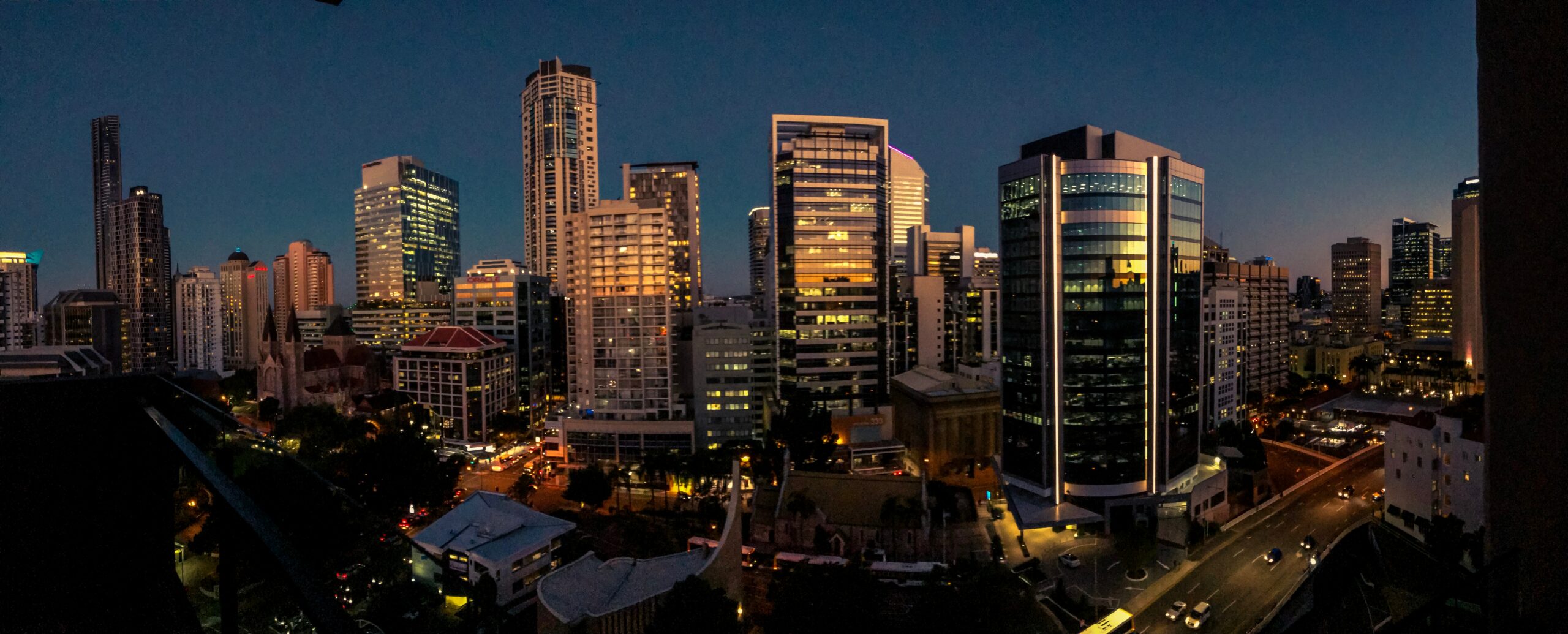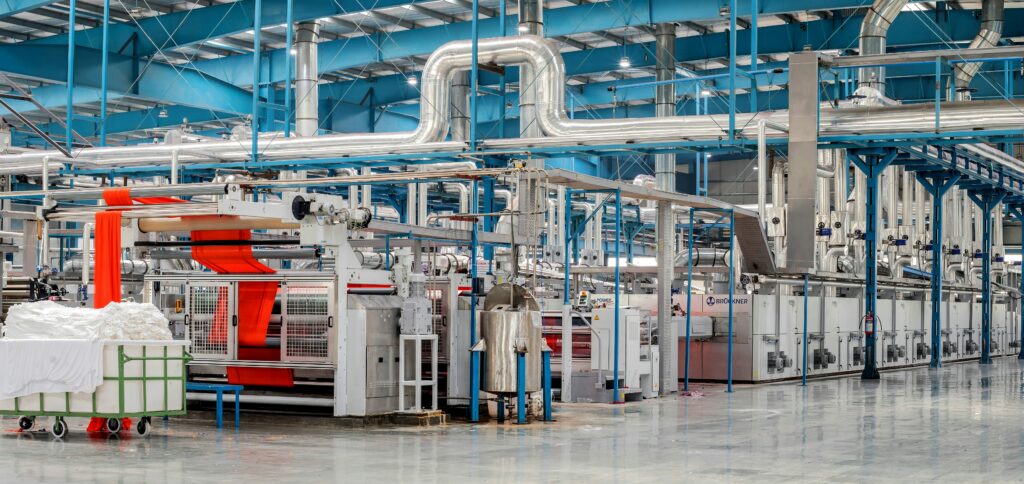In the heart of bustling metropolises, the AI revolution is remolding our cities into smarter, more secure and environmentally sustainable hubs of innovation and progress. As urbanization sweeps across the globe, cities are at the forefront of an evolution that promises to enhance the way we live, work and thrive. The key to this transformation lies in the fusion of cutting-edge technology with the very essence of our urban landscapes.
With our urban populations continuing to grow, they pose unique challenges for governments, city planners and citizens alike. The quest for sustainable solutions and operational efficiency is a mission that has captured the world’s attention. While the notion of smart cities is not new, the innovative power of sensory AI is rewriting the narrative, presenting not just promises – but tangible results.
The evolution of smart cities
Smart cities are urban centers that harness the power of digital technology to gather, transmit and harness data. They provide decision-makers with invaluable insights, enabling them to optimize urban operations. Consider the city of Singapore, a model of smart city innovation. Here, a sprawling network of sensors monitors everything from traffic patterns to crowd density. In Oslo, these sensors cleverly dim lampposts in low-traffic areas to conserve energy. Meanwhile, London already has more 5G towers, EV charging stations and green infrastructure than any other European city. These cities are pioneering the way forward, but a new challenge looms large – the monumental task of processing the vast volumes of data collected.
Unleashing AI into the physical world
AI has captured our imagination, often in the digital realm. Yet, a groundbreaking development is pushing the boundaries of AI into the physical world, paving the way for a transformation called ‘live awareness’. This is not just AI interpreting data; it’s AI that interprets the activities in the physical world and in real time.
To achieve this, live awareness leverages data from a myriad of sensors, ranging from video feeds to GPS, RADAR, LIDAR data, sound recordings and others. It measures everything from temperature to traffic congestion, providing a real-time perspective on urban life. This data, once collected, is transmitted via the Internet of Things (IoT) backbone and transformed into a unified, dynamic snapshot of the city. The result? A visionary AI system that comprehends intricate patterns and makes informed decisions that could elude human perception.
From gridlock to green cities
Traffic congestion is one of the most pressing urban challenges, with over 55 percent of the world’s population residing in urban areas. This gridlock leads to wasted time, fuel consumption, and increased pollution. Live awareness is the driving force behind addressing these issues, with a particular focus on reducing traffic congestion and enhancing road safety.
These intelligent systems pull data from various sources, enabling real-time traffic monitoring and adaptive traffic signal control. The outcomes are transformative – optimized traffic flow, reduced congestion, and shorter commuting times.
For example, Brisbane in Australia has embraced sensory AI and live awareness to implement traffic and tolling monitoring, providing analytical solutions that reduce congestion and enhance the overall travel experience. This includes monitoring all vehicles across the city’s road network, providing a real-time record of traffic speed and movement patterns. This data empowers cities to make dynamic decisions based on traffic patterns and road usage.
Making cities work for everyone
The core vision of smart cities is to enhance the quality of life for their residents. Live awareness is instrumental in achieving this goal, helping create more efficient urban services. Urban planners leverage data-driven insights to optimize public transportation routes, reduce travel times and enhance accessibility. Smart parking solutions, guided by live awareness, simplify the lives of drivers by helping them find available parking spaces, reducing frustration and minimizing traffic congestion.
Moreover, improved traffic management leads to reduced air pollution, contributing to a healthier living environment. Continuous monitoring of air quality and noise levels by live awareness enables cities to take proactive measures to mitigate pollution and create more liveable urban spaces.
Smart cities: a glimpse into the future
Sensory AI has transformed from a concept into a reality for 21st century cities. Take, for instance, the ‘Code to Curb’ initiative operating in Toronto. It offers interactive maps that provide insights into parking operations, productivity and mobility in real time. This project enhances curb-side management and safety, enabling city managers to improve productivity, reduce wait times and allocate public open spaces more equitably.
The likes of SenSen’s live awareness collaborations with global corporations, including Mobil, 7Eleven, Puma, and Chevron, serve as a testament to the transformative potential of this technology. As our world continues to urbanize, smart cities like Las Vegas in the US, and cities across the Middle East are poised to become the standard for urban development. Sensory AI and live awareness are at the forefront of this transformation, offering a unified and real-time perspective on urban life. These technologies will empower cities to overcome operational challenges, enhance efficiency and improve the quality of life for residents.




